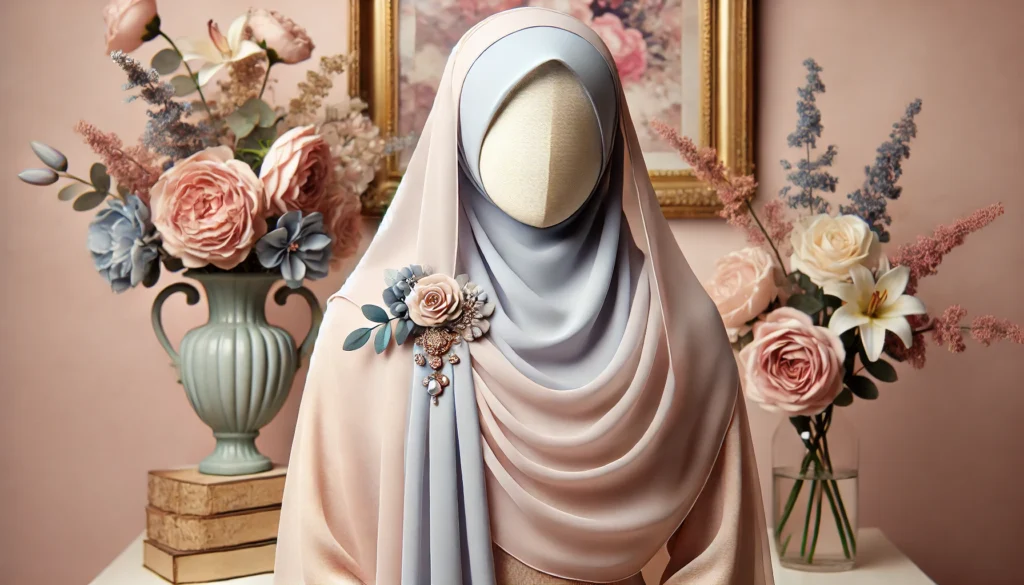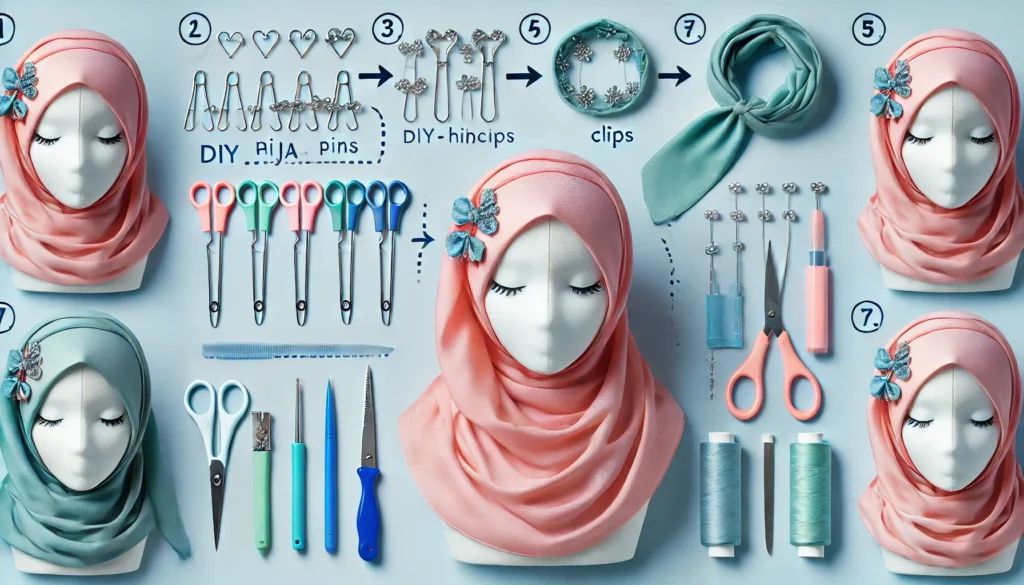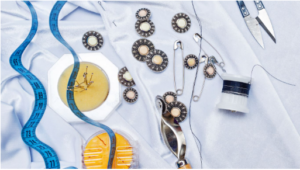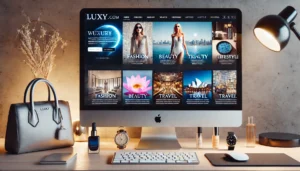The Ultimate Guide to Hijabhoojup: History, Styling Tips, and Modern Trends

Introduction to Hijabhoojup
Hijabhoojup is a unique and contemporary approach to styling hijabs that combines traditional modesty with modern fashion. Emerging from a rich history of cultural expression, it represents both faith and individuality. This comprehensive guide dives deep into the world of Hijabhoojup, offering insights into its origins, techniques, and impact on global fashion trends.
What is Hijabhoojup?
Hijabhoojup is not just a style but a movement that blends innovation with cultural authenticity. It has become a popular trend among women who wish to express their identity while embracing modesty. The term has gained traction in fashion and social media circles, symbolizing a fresh perspective on traditional hijab wear.
Historical Background of Hijabhoojup
Evolution of the Hijab
The hijab has been a symbol of modesty and faith for centuries, with roots in various cultures and religions. From ancient Mesopotamia to modern-day societies, the hijab has evolved in both form and function, reflecting the diversity of those who wear it.
Emergence of Hijabhoojup
In recent years, Hijabhoojup has emerged as a distinct style, influenced by global fashion trends and the desire for personal expression. This modern iteration often incorporates vibrant colors, innovative draping methods, and contemporary accessories.
Cultural Significance of Hijabhoojup
Symbolism and Meaning
Hijabhoojup represents more than a fashion statement; it embodies cultural pride, personal identity, and faith. It’s a way for women to communicate their values while staying true to their roots.
Global Perspectives
The popularity of Hijabhoojup has transcended borders, with adaptations seen across different regions. From the minimalist styles of Scandinavia to the bold patterns favored in Southeast Asia, the versatility of Hijabhoojup reflects its universal appeal.
Fashion and Styling Techniques
Key Elements of Hijabhoojup
- Fabric Choices: Lightweight materials such as chiffon and cotton for comfort.
- Colors and Patterns: From neutral tones for everyday wear to intricate designs for special occasions.
- Accessories: Pins, brooches, and headbands to enhance the look.
Step-by-Step Styling Tutorial
- Choose Your Fabric: Opt for a breathable and manageable material.
- Prepare Accessories: Have pins, clips, or a headband ready.
- Drape the Hijab: Start by placing the scarf on your head, ensuring one side is longer.
- Secure the Style: Use a pin under the chin and adjust the fabric for a neat finish.
- Add Final Touches: Accessorize with a brooch or a statement headband.
Styling Tips for Different Occasions
- Casual Wear: Keep it simple with soft fabrics and minimal accessories.
- Workplace: Neutral tones paired with structured draping for a professional look.
- Special Events: Use embellished fabrics and bold accessories for an elegant touch.
DIY Hijabhoojup
Creating your own Hijabhoojup style allows for personalization and creativity. Here’s how you can get started:
| Tools Needed | Description |
|---|---|
| Fabric | Select according to occasion |
| Pins and Clips | Essential for securing folds |
| Accessories | Brooches, headbands, etc. |
Steps:
- Measure and cut your fabric to your preferred size.
- Experiment with draping styles in front of a mirror.
- Practice securing the hijab using pins or clips.
- Add embellishments like lace or beads for customization.
Social and Media Influence
Hijabhoojup has become a viral trend, with influencers and designers showcasing innovative styles on platforms like Instagram and TikTok. Popular hashtags such as #Hijabhoojup and #ModestFashion attract millions of views, inspiring women worldwide to experiment with their look.
Challenges and Controversies
Stereotypes and Misconceptions
Despite its growing popularity, Hijabhoojup faces challenges, including stereotypes about modest fashion. Educating the public and promoting inclusivity can help overcome these barriers.
Balancing Tradition and Modernity
While embracing modern trends, it’s essential to respect the cultural and religious roots of the hijab. Hijabhoojup encourages this balance, making it a unifying force in fashion.
Future of Hijabhoojup
The future of Hijabhoojup looks promising, with emerging trends focusing on sustainability and innovation. Designers are exploring eco-friendly fabrics and tech-enabled accessories to redefine modest fashion.
Conclusion
Hijabhoojup is more than a fashion trend; it’s a cultural phenomenon that celebrates identity, creativity, and diversity. By understanding its history, significance, and styling techniques, anyone can appreciate and adopt this beautiful expression of modesty.
FAQs About Hijabhoojup
What makes Hijabhoojup different from traditional hijab styles?
Hijabhoojup incorporates modern elements like innovative draping and trendy accessories while maintaining modesty.
Can I wear Hijabhoojup for formal events?
Absolutely. Hijabhoojup styles can be customized for formal occasions with elegant fabrics and embellishments.
What are the best fabrics for Hijabhoojup?
Chiffon, cotton, and silk are popular choices due to their lightweight and versatile nature.
Is Hijabhoojup suitable for beginners?
Yes, with practice and tutorials, even beginners can master Hijabhoojup styles.
How can I find inspiration for Hijabhoojup?
Follow influencers and designers on social media platforms like Instagram and TikTok for the latest trends and ideas.
How do I choose the right accessories for my Hijabhoojup style?
When selecting accessories for Hijabhoojup, consider the occasion and the overall look you want to achieve. For casual wear, opt for simple pins or headbands, while for formal events, jeweled brooches or elegant clips can elevate the style. Matching accessories to your outfit’s color palette can also create a cohesive look.
Are there specific hijab shapes or sizes better suited for Hijabhoojup styles?
Square and rectangular hijabs are versatile and commonly used for Hijabhoojup. The size should be large enough to allow creative draping but not so oversized that it becomes difficult to manage. A standard size for rectangular hijabs is 70×180 cm, which works well for most styles.
Can Hijabhoojup be adapted for sports or active lifestyles?
Yes, Hijabhoojup can be tailored for active wear by using breathable and moisture-wicking fabrics like jersey or bamboo. Simplified styles that avoid pins and allow for secure wrapping are ideal for sports or physical activities.
What are some common mistakes to avoid when styling Hijabhoojup?
Some common mistakes include using the wrong fabric for the desired style, over-accessorizing, and not securing the hijab properly, which can lead to discomfort or unraveling. It’s also important to practice draping techniques to ensure a polished and effortless look.
How can I maintain my Hijabhoojup styles throughout the day?
To keep your Hijabhoojup in place all day, use high-quality pins or magnetic clips, and consider a non-slip undercap. Additionally, lightweight fabrics with a slight grip can help prevent slipping, especially during extended wear. Carry a small emergency kit with extra pins or clips for quick adjustments.
Recommended Articles:
PB431 Spray Paint: The Ultimate Guide to Versatile, Durable Finishes
OS Expdoa Amarchtype: Comprehensive Guide to Modern Software Architecture
Understanding and Troubleshooting Unknown St_Fence_History
Tecnovldrio.com.mx: Leading Glass And Aluminum Solutions For Construction
The Ultimate Guide to Hijabhoojup: History, Styling Tips, and Modern Trends









